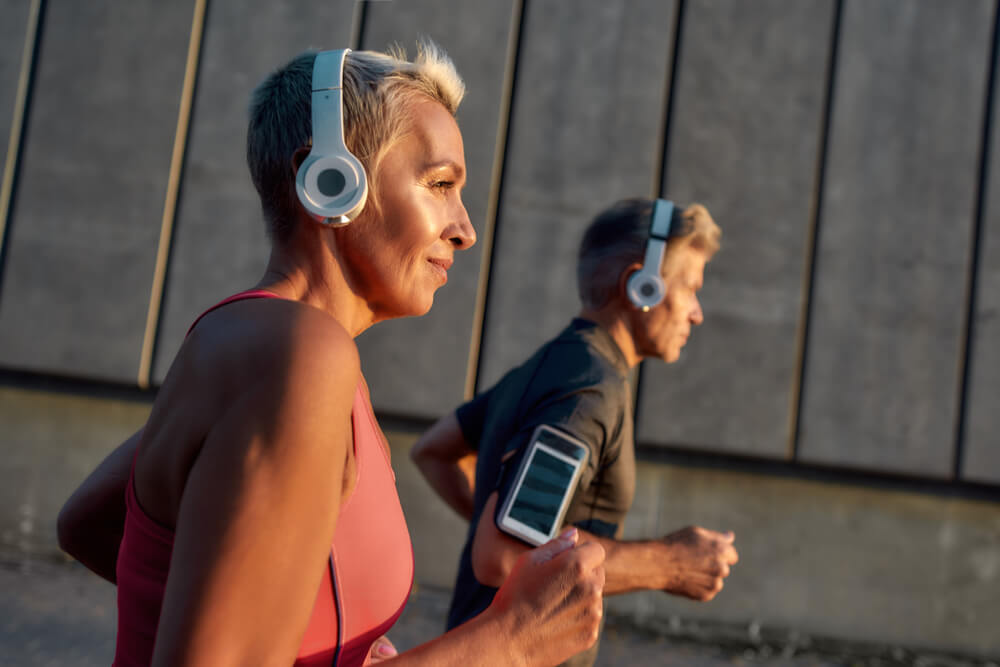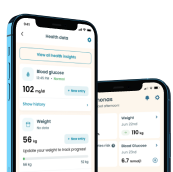Exercise tips: eating before and after workouts

With diabetes, there are some specific rules you should keep in mind. If you are taking insulin or other medicine you need to be ensured what you’re eating before, during and after exercises. First, and the most important part is hydration. Making sure you are hydrated before, during, and after sports can assure stable blood sugars overall.
Before
It’s all about carbs and proteins. If you count them correctly – then you’re good! Up to 30 grams of carbs in a snack is ideal. For pre-workout snacks try freshly cut fruit, simple sandwiches with peanut butter or just a small bowl of oatmeal. Always eat breakfast, no matter what your blood sugar is.
Empty stomach might raise it but a meal will keep it balanced. The best time to eat your treat would be at least 30 minutes before your workout session.
After



After a workout always check your blood sugar. Refuel yourself with lower-carbohydrate snacks such as fruit bars, apples, boiled eggs. Healthy fats will bring your glucose back on track. Same as mentioned above, wait at least 30 minutes after a workout to enjoy your snack.
Other power-up snacks can be non-fat yoghurt, bananas, various nuts. Take into consideration, if you’re going on a long bike-trip or a marathon, you will need to store your backpack with more than just one granola bar.
Nonetheless, there are many points that may vary your blood sugar: intensity of a workout, length of it, timing.
If you take insulin or other medications, be sure to consult with your doctor if you need to make any changes for the exercise.
Understanding how physical activity affects your diabetes management is important. Usually, it’s learning to plan your meals ahead. Keeping an eye on your blood glucose and being prepared in case of a hypoglycemic incident are vital key points of self-care. But when you are minded and aware – working out will turn out to be a joy!
[1] Sheri R. Colberg., Ronald J., Sigal Jane E., Yardley Michael C., Riddell David W., Dunstan Paddy C., Dempsey Edward S., Horton Kristin C., and Deborah F. Tate. Physical Activity/Exercise and Diabetes: A Position Statement of the American Diabetes Association.
[2] Bohm A., Cora Weigert C.,Harald Staiger H., Haring H.U. Exercise and diabetes: relevance and causes for response variability.
[3] Colberg Sheri R. Key Points from the Updated Guidelines on Exercise and Diabetes.
[4] Shaun Y. M. T., Jill A., Kanaley Kym J., Guelfi Summer B., Cook Jeffrey J., Hebert Mitchell R. L. Forrest and Timothy J. Fairchild. Exercise Timing in Type 2 Diabetes Mellitus: A Systematic Review.
Take a quiz and get your diabetes-management plan today!









